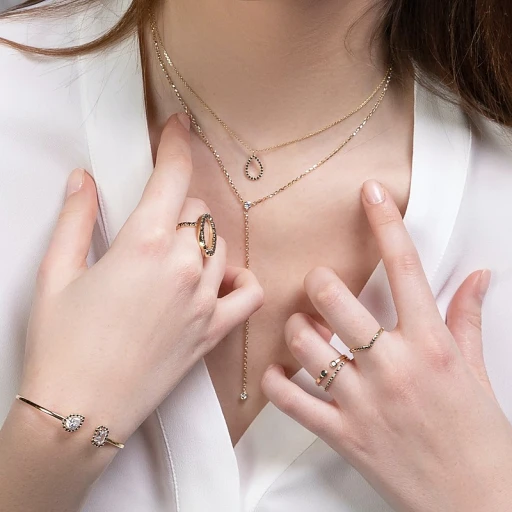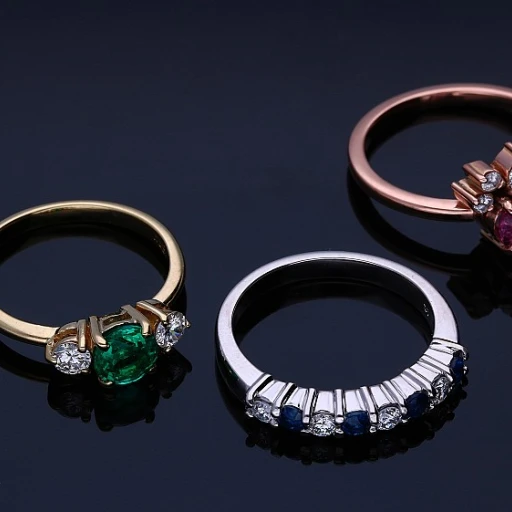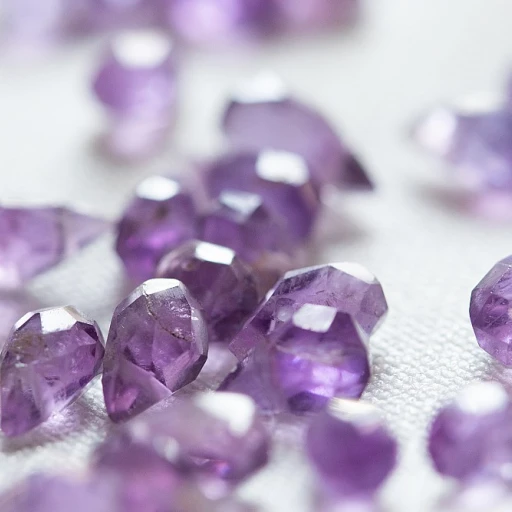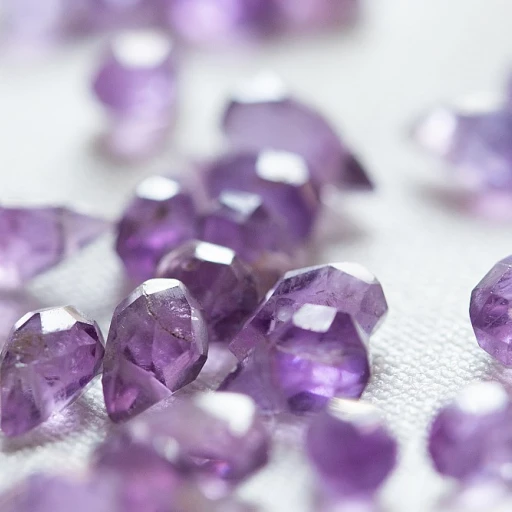
The Historical Significance of Rubies
Tracing Back Through the Sands of Time
Rubies have been cherished for centuries, their history as rich and vibrant as their color. The allure of rubies dates back to ancient civilizations where these gemstones were revered as symbols of power and protection. In ancient India, rubies were known as the 'King of Gemstones' and were believed to protect their wearer from harm. This belief was so strong that warriors would embed rubies into their armor for strength in battle. The Burmese, on the other hand, thought that rubies could make them invincible if inserted into their flesh. Throughout history, rubies have been adorned by royalty and nobility, becoming an integral part of elegant crowns, necklaces, and rings. Their presence in royal regalia underscored the wealth and power of rulers. The rich red hue of rubies made them a symbol of passion and love, often used in engagement and wedding jewelry, a tradition that continues today. However, not just the beauty but the provenance and legends surrounding rubies contribute significantly to their mystique. Click here to explore more about the lure of ruby and pearl earrings that encapsulate such timeless elegance. Understanding this history is essential for any fine jewelry owner and can enhance your appreciation of these stunning gemstones, complementing your knowledge of ruby quality and grading. Their historical roots add a layer of allure that makes every piece unique, an aspect every collector should consider when investing in these exquisite gems.Understanding Ruby Quality and Grading
Evaluating the Intrinsic Beauty and Worth of Rubies
Rubies have captivated jewelers and collectors for centuries, not only for their vibrant hue but also for their remarkable properties. When determining the quality and value of a ruby, several factors must be considered to ensure you are investing in a stone that embodies both aesthetic appeal and worth.
- Color: The most prized rubies manifest a rich, intense red with a hint of blue, often referred to as "pigeon blood" red. This color is rare and typically commands a premium.
- Clarity: Unlike diamonds, rubies are expected to have some inclusions, which can indicate authenticity. However, the fewer and less visible the inclusions, the more valuable the ruby is likely to be.
- Cut: A skillfully cut ruby maximizes its brilliance and color, making the stone appear vibrant and full of life. The cut should highlight the ruby’s natural charm while minimizing its imperfections.
- Carat Weight: As with most gems, larger rubies are rarer, thus more valuable, presuming other quality factors are equivalent.
It's also worth considering where the ruby was sourced. Historically, rubies from Myanmar are highly sought after due to their exceptional quality. For more insights into ruby quality and grading, you can visit our detailed article on the timeless allure of ruby eternity rings here.
Understanding these foundational elements of ruby quality and grading can greatly enhance your experience as you navigate the fine jewelry market. Not only does it empower you to make informed decisions, but it also enriches your appreciation for this exquisite gem, weaving together the historical significance with its tangible qualities.
The Symbolism and Meaning of Rubies
The Enchanting Symbolism Behind Rubies
Rubies have long been revered not just for their breathtaking beauty, but for the profound symbolism they carry. This gemstone is often associated with passion, power, and protection, traces of which can be found across numerous cultures and historical narratives. Many believe that a ruby’s vivid red hue represents the heart and its life force, signifying love and courage.
Historically, rubies were used by royalty and warriors alike in the belief that they would protect the wearer from harm and even bestow invincibility. This connection to strength and bravery is a hallmark of the gemstone’s enduring symbolic allure.
In terms of its cultural significance, rubies are often linked to matters of the heart. Celebrated as the "king of gems," this gemstone has been a favorite in engagement rings and anniversary bands, making it a popular choice for those wishing to encapsulate deep emotional bonds. It is no wonder, then, that rubies are frequently featured in exquisite red gemstone jewelry used to commemorate significant romantic milestones.
Beyond love and protection, rubies are also viewed as symbols of prosperity and wisdom, providing a kind of spiritual guidance to those who wear them. This multilayered meaning explains why rubies are not just adored for their dazzling appearance but are treasured for the stories and mythos that accompany them.
For collectors and jewelry enthusiasts, the decision to invest in a ruby piece is often steeped in the rich tapestry of history and narrative that each stone offers. Just as understanding ruby quality and grading is crucial, appreciating the symbolic facets of these gems adds yet another layer of value and mystique to an already extraordinary jewel.
When selecting the perfect ruby piece, whether it's a wedding ring or an elegant accessory, it is essential to consider how its symbolism resonates with your personal journey. The allure of emerald men's wedding rings could be another fascinating choice for those intrigued by gemstones rich with meaning and heritage, adding yet another dimension to your collection.
Caring for Your Ruby Jewelry
Maintaining the Longevity of Your Ruby Treasures
Caring for your ruby jewelry is essential to preserving its elegance and durability, whether you're considering it as a showstopper piece or a significant addition to your collection. Understanding how to maintain your jewelry can prolong the stone's vibrancy and the setting's integrity, ensuring that it continues to shine among your treasured possessions.- Regular Cleaning: Rubies, known for their vibrant hues and historical significance, benefit from regular cleaning. A gentle approach involves using lukewarm soapy water and a soft-bristled brush to remove any residue or dirt. Avoid harsh chemicals that could tarnish the metal setting or dull the gemstone's surface.
- Safe Storage: Protecting your ruby pieces from scratches and potential damage is crucial. Store them in a soft pouch or a separate compartment in your jewelry box. Rubies, while durable, can damage softer gemstones if stored together; keep them apart to maintain their pristine condition.
- Routine Checkups: Given their symbolic meaning and possible investment value, it's wise to have your ruby jewelry professionally inspected periodically. This includes checking the setting for any wear or damage. A secure setting will keep your gemstone firmly in place, mitigating the risk of losing your valuable piece.
- Avoiding Environmental Hazards: Shield your ruby jewelry from extreme temperatures, household chemicals, and direct sunlight as these can affect the gemstone's lustre. Consider removing your jewelry during activities that expose it to potential harm, ensuring it remains a cherished artifact in your collection.
Investment Potential of Rubies
Exploring the Investment Landscape of Rubies
Rubies have long been cherished not only for their captivating beauty but also for their potential as a solid investment. The value of rubies can vary significantly, influenced by factors such as origin, quality, and market demand. Burmese rubies, for instance, are highly sought after for their intense blood red color and historical significance, often commanding premium prices. Meanwhile, rubies from Sri Lanka are also esteemed for their unique hues and quality.
When considering rubies as an investment, it's crucial to understand the grading process. Fine quality rubies are evaluated based on color intensity, clarity, and cut. The most desirable rubies exhibit a vibrant red color with purplish red undertones, often referred to as 'pigeon blood red.' Eye clean stones, free from visible inclusions, are particularly prized.
Prices for rubies can vary widely. High carat stones with exceptional color and clarity can fetch substantial sums. However, it's important to note that synthetic rubies and heat treated stones are also prevalent in the market. While these may offer a more affordable option, they do not hold the same investment potential as natural, untreated rubies.
When purchasing rubies, whether for personal enjoyment or investment, it's advisable to compare prices across reputable dealers and websites. Always ensure that the ruby's details, such as origin and treatment, are clearly documented. Using a credit card for purchases can provide an added layer of protection.
In conclusion, investing in rubies requires careful consideration and a keen eye for quality. By understanding the nuances of ruby grading and market trends, collectors can make informed decisions that enhance their collections and potentially yield significant returns.
Choosing the Perfect Ruby for Your Collection
Finding the Right Ruby for Your Collection
When it comes to choosing the perfect ruby for your collection, several factors come into play. The process of selecting a ruby involves understanding its quality, which is influenced by factors such as color, clarity, cut, and carat weight. Each of these elements can significantly affect the price and value of the stone.
Color and Intensity: The most sought-after rubies are those with a vibrant red color, often described as "blood red" or "pigeon blood." The intensity of the color can vary, with some stones exhibiting a purplish red hue. Quality rubies from regions like Burma and Sri Lanka are particularly prized for their rich color.
Clarity and Cut: An "eye clean" ruby, free from visible inclusions, is highly desirable. The cut of the ruby also plays a crucial role in its overall appearance, enhancing its brilliance and color. A well-cut ruby will reflect light beautifully, making it a standout piece in any collection.
Carat Weight: The size of the ruby, measured in carats, can significantly impact its price. Larger stones are rarer and often command higher prices. However, it's important to compare stones of similar quality to ensure you're getting the best value for your investment.
Natural vs. Synthetic: While natural rubies are highly valued, synthetic rubies and pink sapphires are also available at lower prices. It's crucial to note whether a ruby has undergone heat treatment, as this can affect its value. Always verify the authenticity of the stone, possibly through a reputable website or gemologist.
When purchasing a ruby, consider the currency and payment options available, such as credit card, to ensure a smooth transaction. Prices can vary widely, so it's advisable to view details and compare options before making a decision. With the right knowledge and attention to detail, you can find a ruby that not only enhances your collection but also holds its value over time.
-large-full.webp)
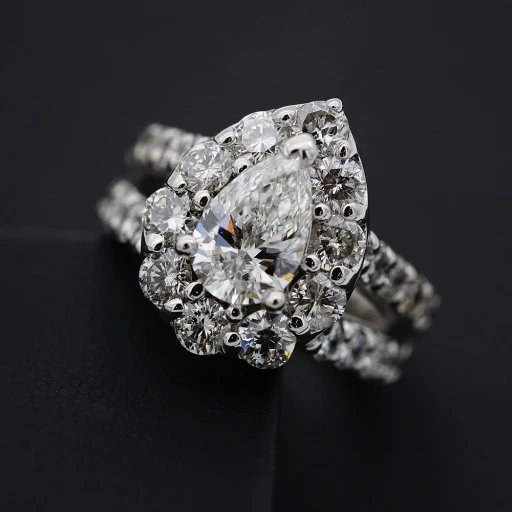
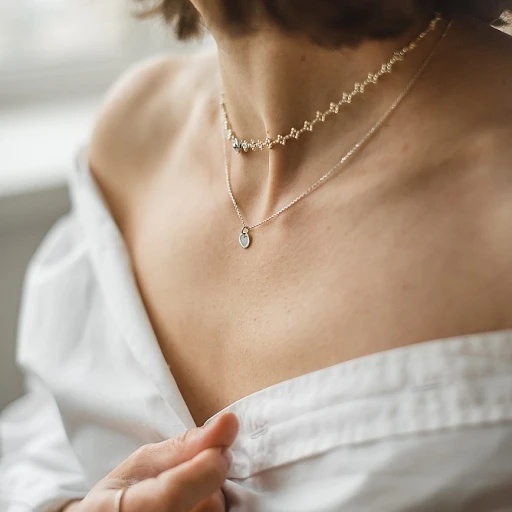
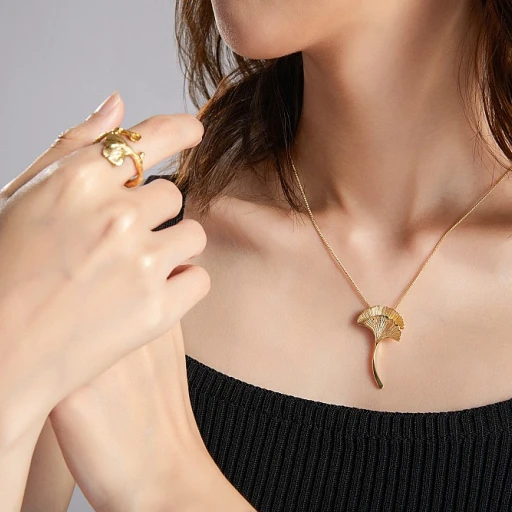
-large-teaser.webp)

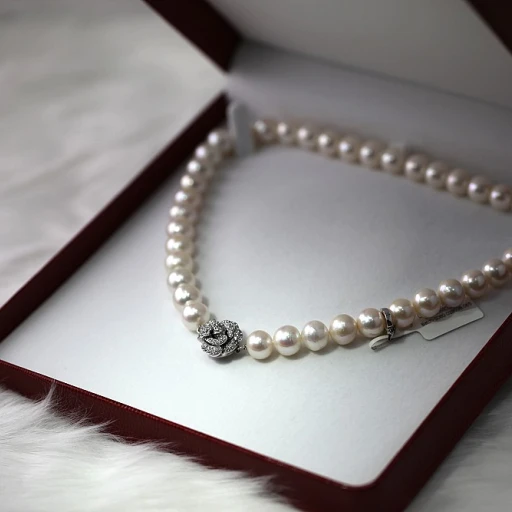
-large-teaser.webp)
